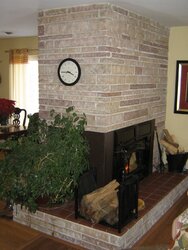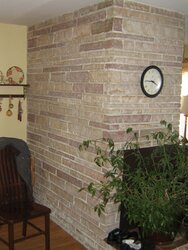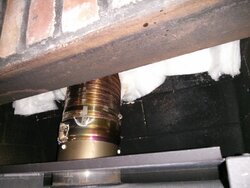Sorry to keep bothering everyone about this but we really want this to work. We took a video of the fire and sent it to the store and they feel the fire looks good. They are coming out this week to take a look at what could be happening and I would like to have some information to make sure I'm not going to be crap talked. So I have a few questions about the behavior of the unit.
I bought some kiln dried wood today and the unit didn't go above 550. Once it hit 550 it didn't last, I put the choke all the way down and it held for a bit but the wood burned down to coals pretty quickly. With the choke down I had a healthy fire and within three hours I'm now at coals that are black and red and the top of the unit is now about 275 degrees (down approximately 250 degrees)
Does this sound normal? If so, then I have to load the stove with kiln dried wood every 1.5 to 2 hours to keep the heat and with the choke all the way down. This doesn't sound right to me, but is this the behavior you guys see?
This link
shows a picture (I never signed up for an image host) of my fireplace and the bricks above the unit were 160 degrees and the wood is 120 degrees. The fan was a little less then half to blow the hot air away from the mantle. Therefore, it didn't get hot due to the heat radiating up from the unit. Is this what you guys would expect to see?
I appreciate the feedback, I just want to be prepared for when the store comes out next week.




